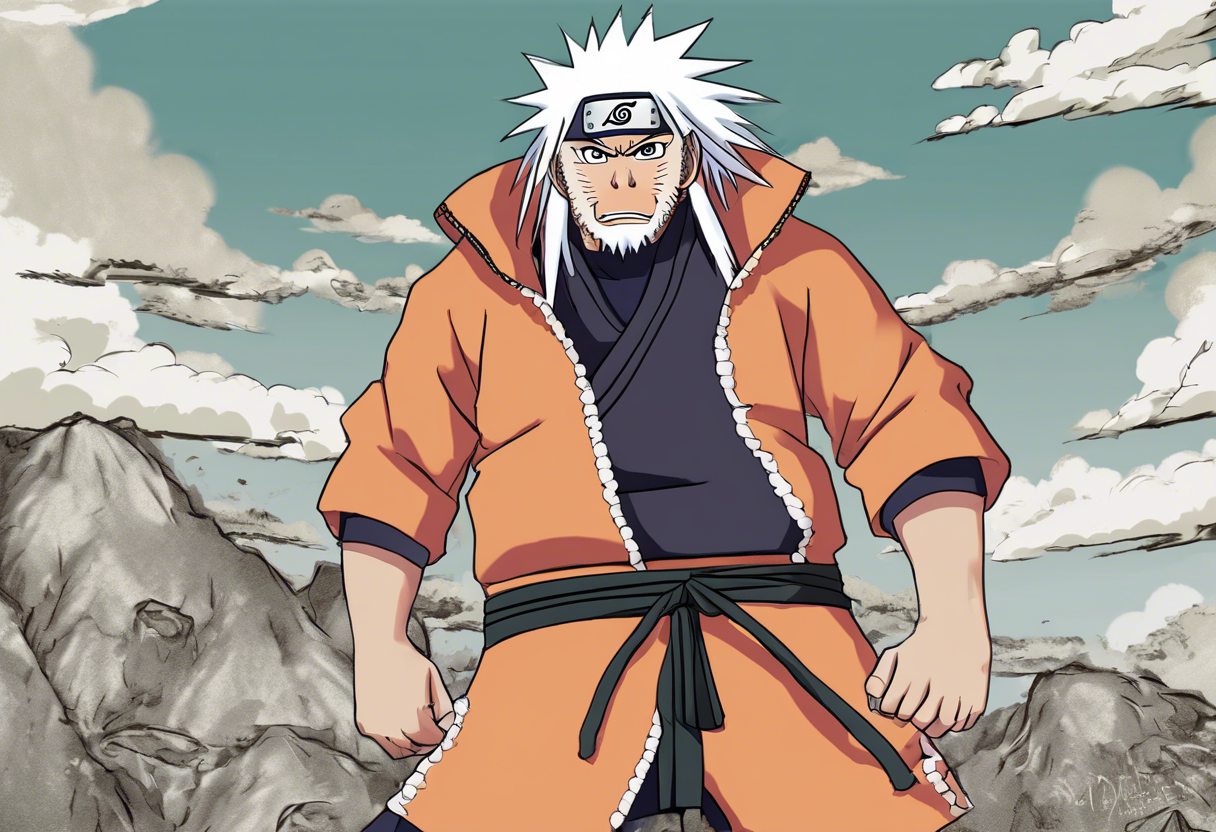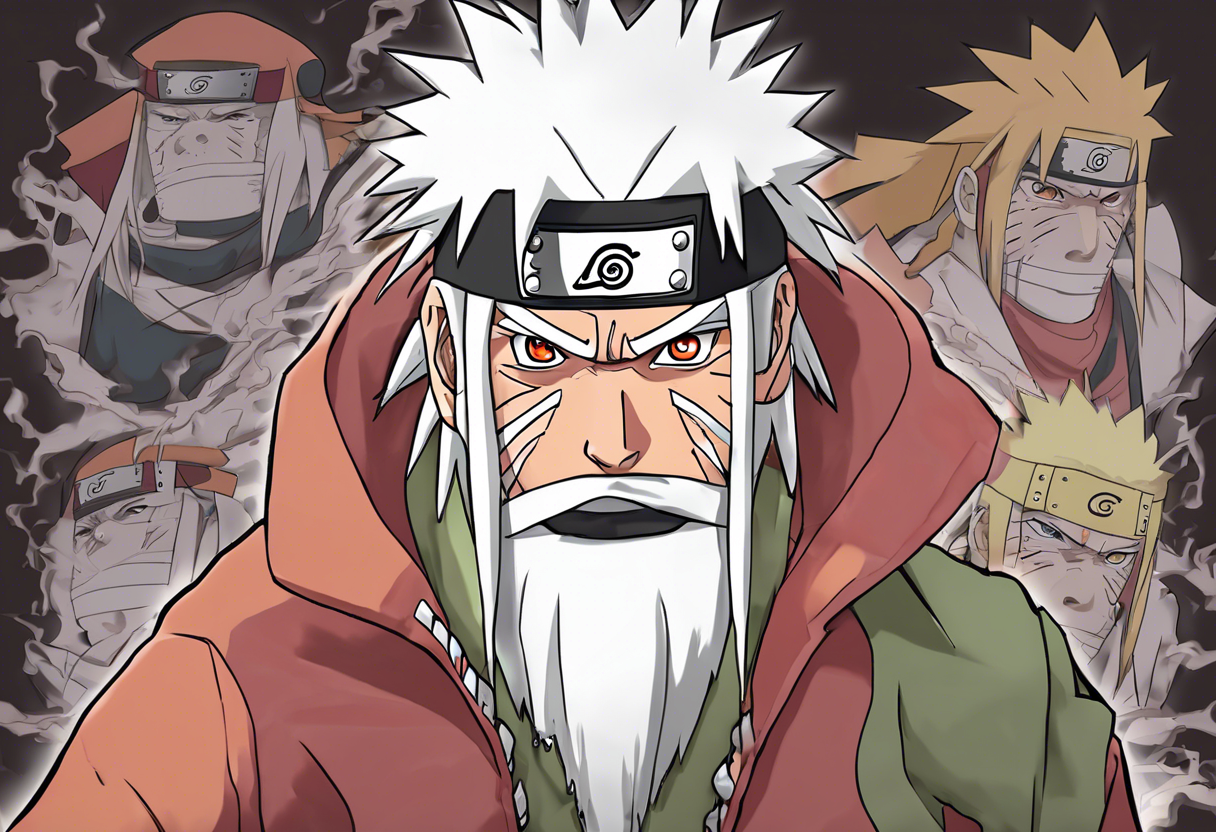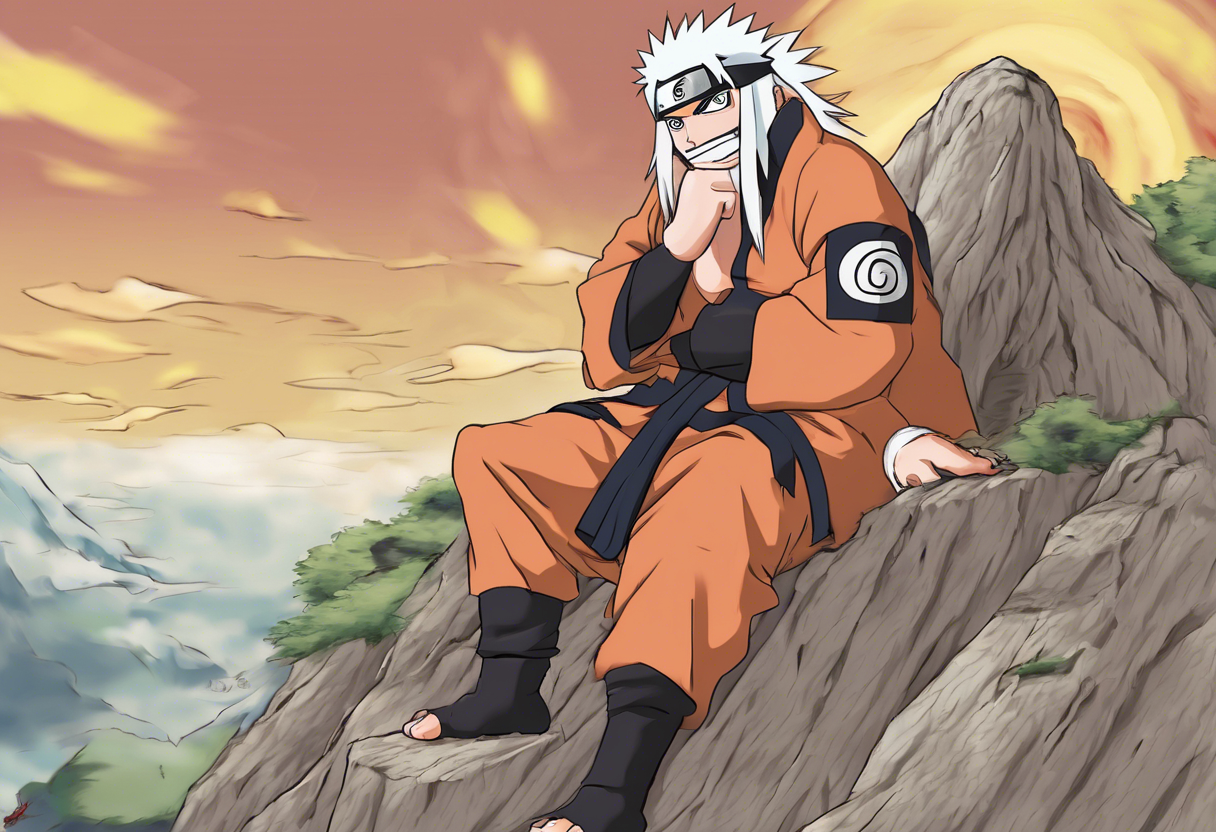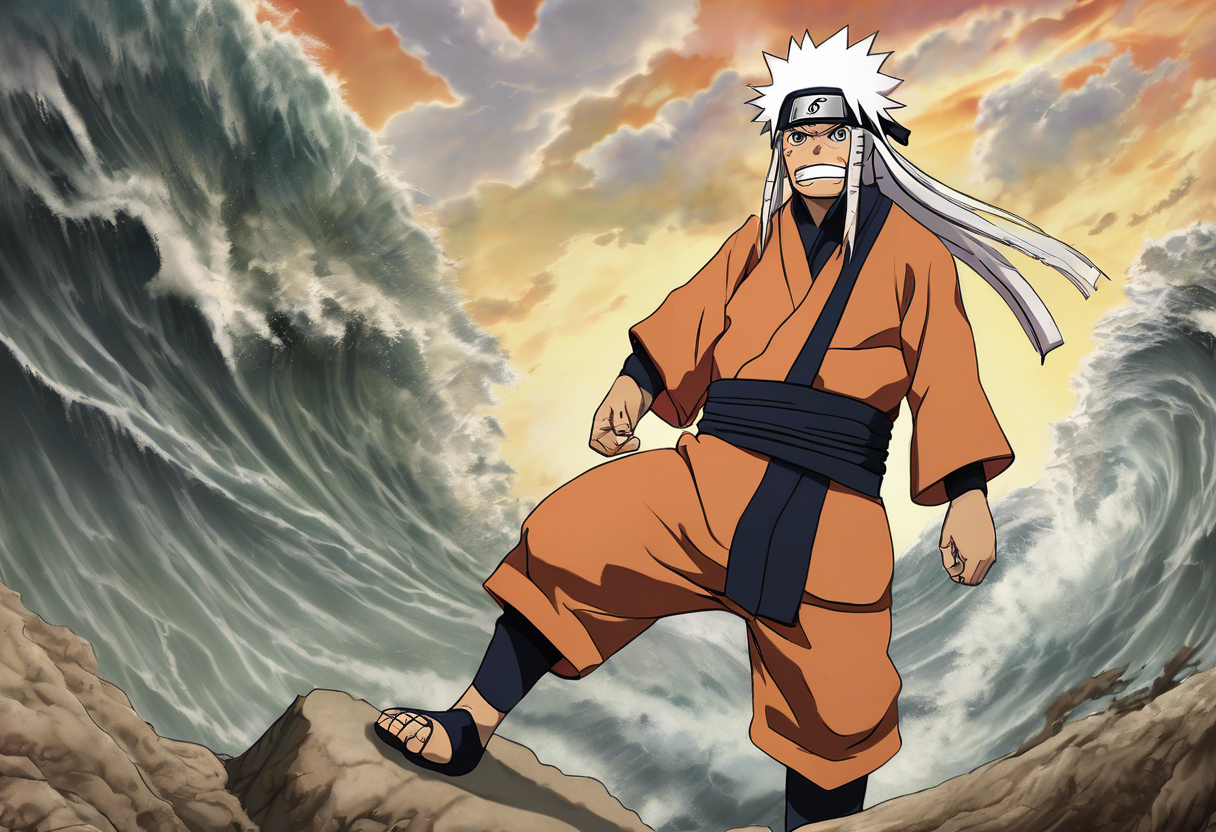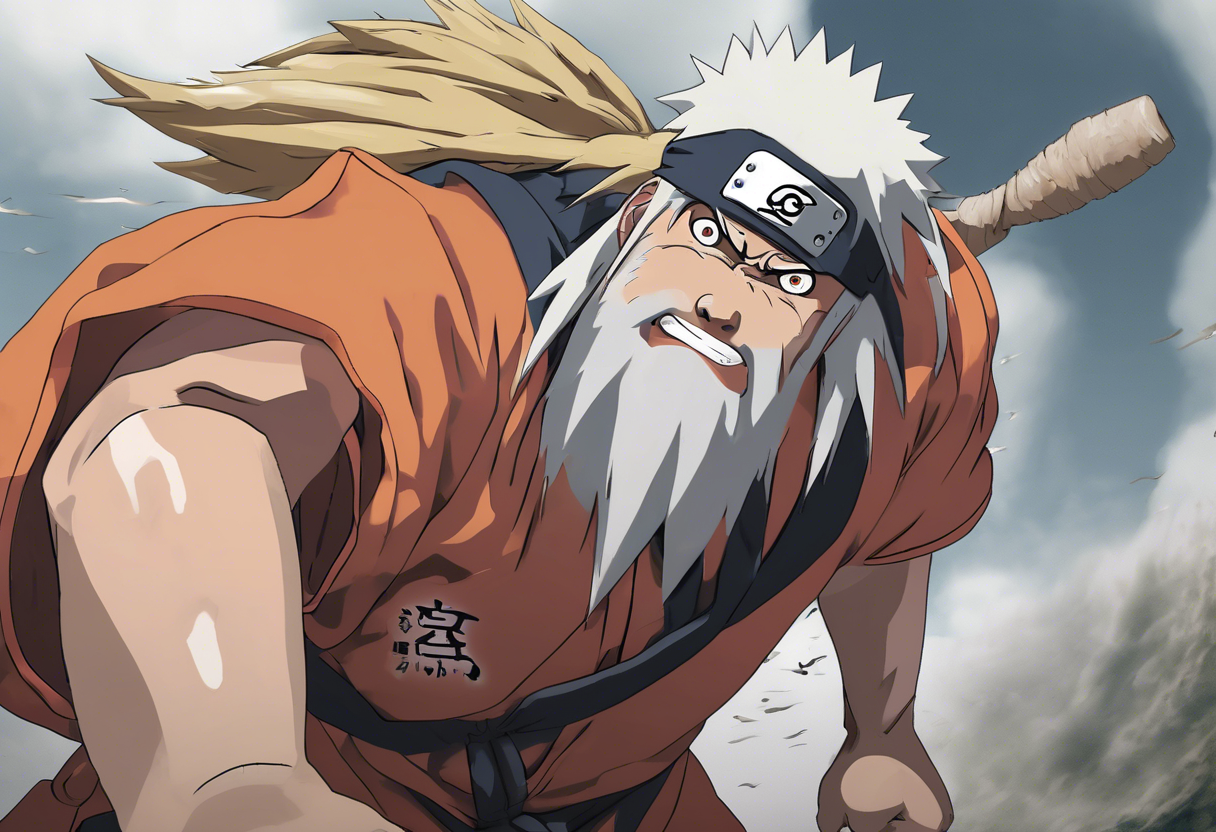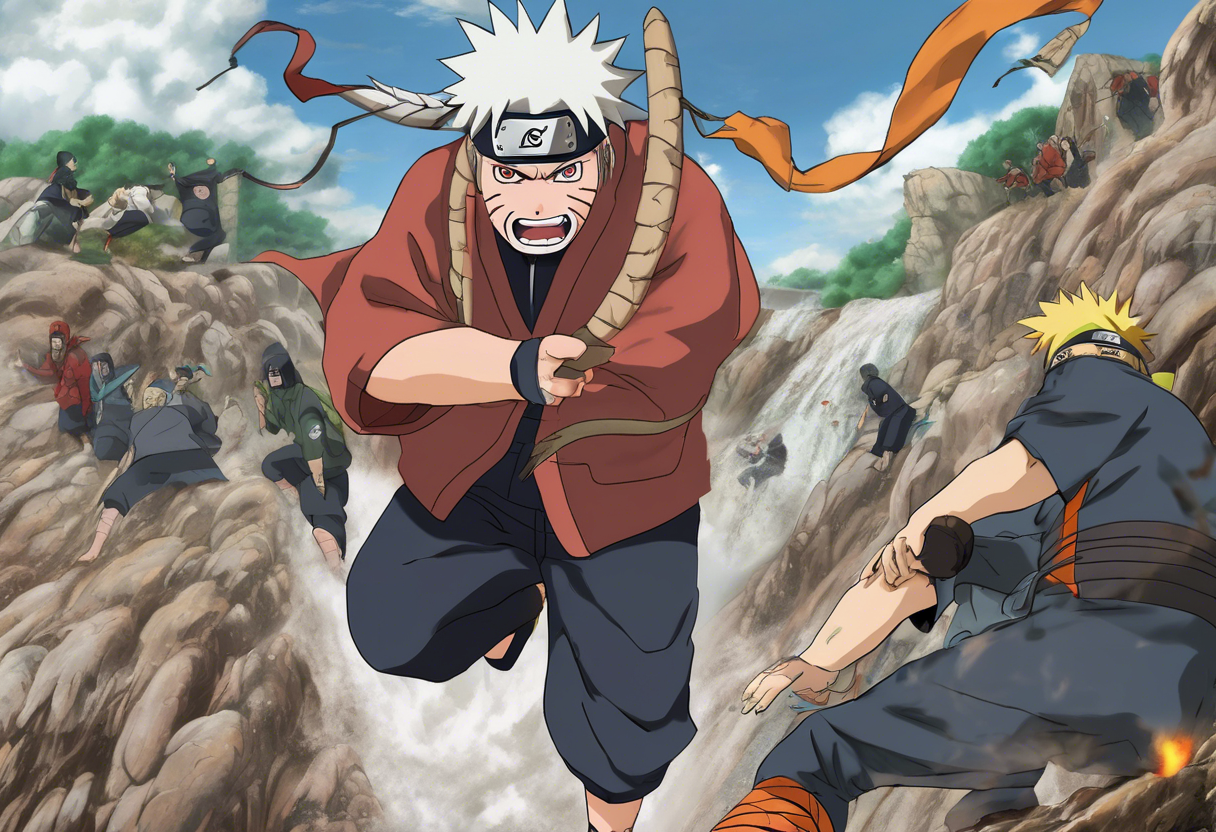Contents
Jiraiya: Naruto’s Potential Disaster!
Introduction
"Jiraiya: Naruto’s Potential Disaster!" is not a standalone anime or film but rather a narrative arc within the broader context of the popular anime and manga series Naruto. This arc is particularly significant as it involves the character Jiraiya, one of the Legendary Sannin of the Hidden Leaf Village, and his mentorship of the main protagonist, Naruto Uzumaki.
The Naruto series, created by Masashi Kishimoto, has been a staple of Japanese anime and manga since its debut in 1999. The narrative arc involving Jiraiya is part of the larger storyline that spans several seasons of the anime. The key creative figures behind the Naruto series include Masashi Kishimoto as the original creator, Hayato Date as the director for the anime adaptation, and several writers and producers who contributed to the development of the series.
What sets this arc apart is the deep character development and the exploration of themes that are central to the Naruto series, such as mentorship, prophecy, and the struggle between good and evil.
Plot Summary
The narrative arc centered around Jiraiya and his relationship with Naruto is a pivotal part of the Naruto series. Jiraiya, known as the "Toad Sage" or "Pervy Sage," is a ninja from the Hidden Leaf Village who was trained by the Third Hokage, Hiruzen Sarutobi, along with his teammates Orochimaru and Tsunade. They are collectively known as the "Legendary Sannin" due to their exceptional ninja abilities[1][4].
Jiraiya’s storyline intersects with Naruto’s when he becomes Naruto’s mentor. According to a prophecy by the Great Toad Sage, Jiraiya is destined to mentor a child who will either save the world or destroy it. Initially, Jiraiya believes this child to be Nagato, one of the orphans he trained in Amegakure, but later realizes that Naruto is the true Child of Prophecy[1][4].
During this arc, Jiraiya trains Naruto in various ninja techniques, including the Summoning Jutsu and the Rasengan. He also plays a crucial role in Naruto’s development by helping him understand and control the Nine-Tails chakra within him. Jiraiya’s methods are often unconventional, such as throwing Naruto off a cliff to force him to tap into the Nine-Tails chakra, which ultimately leads to Naruto summoning Gamabunta, the Chief Toad of Mount Myoboku[4].
The arc also involves Jiraiya’s investigation into the Akatsuki organization and his eventual battle with Pain, who is revealed to be Nagato. This battle is significant as it marks a turning point in Jiraiya’s life and his realization that Naruto is indeed the Child of Prophecy. Despite being killed by Pain, Jiraiya manages to send crucial information to Naruto and the Hidden Leaf Village, aiding them in their future battles[1][4].
Themes and Symbolism
The narrative involving Jiraiya is rich in themes and symbolism that are central to the Naruto series. One of the primary themes is the concept of mentorship and the bond between a teacher and their student. Jiraiya’s relationship with Naruto mirrors his own relationship with the Third Hokage, highlighting the importance of guidance and legacy in the ninja world[1][5].
The prophecy and the concept of the Child of Prophecy add a layer of destiny and fate to the story, emphasizing the idea that certain individuals are born to shape the world. This theme is deeply rooted in the mythology and folklore that inspire the Naruto series, such as the Japanese folklore of the "Tale of Jiraiya The Gallant"[3][4].
Symbolism also plays a significant role, particularly with the use of animals. Jiraiya’s ability to summon toads and his connection to the Great Toad Sage symbolize his role as a sage and his connection to nature and the spiritual world. The toads, in particular, represent wisdom, longevity, and the cyclical nature of life[3].
Cultural Impact
The Naruto series, including the arc involving Jiraiya, has had a profound cultural impact. The series has been widely acclaimed for its deep characters, intricate plot, and themes that resonate with audiences worldwide. The character of Jiraiya, with his complex personality and significant role in Naruto’s development, has become a fan favorite.
The series has influenced popular culture, with references in other anime, manga, and even Western media. The themes of friendship, sacrifice, and the struggle between good and evil have made Naruto a staple in many fans’ collections[3].
Critical Reception
The Naruto series, including the episodes and arcs involving Jiraiya, has received generally positive reviews from critics and audiences. Critics have praised the series for its character development, storytelling, and themes. However, some episodes within the arc have been criticized for feeling like filler content, slowing down the pace of the main storyline[5].
Despite this, the overall reception of Jiraiya’s character and his storyline has been positive. Fans appreciate the depth he brings to the narrative and the significant role he plays in Naruto’s journey.
Legacy
The legacy of the Naruto series, including the narrative arc involving Jiraiya, continues to be felt in the anime and manga community. The series has inspired countless other works and has become a benchmark for character development and storytelling in the genre.
Jiraiya’s character, in particular, has left a lasting impact on fans. His complex personality, his role as a mentor, and his ultimate sacrifice have made him one of the most memorable characters in the series. The themes and symbolism explored in his storyline continue to resonate with audiences, making the Naruto series a timeless classic[1][4].
References
- https://en.wikipedia.org/wiki/Jiraiya_(Naruto)
- https://www.youtube.com/watch?v=5is9-JlDHmk
- https://screenrant.com/narutos-symbolism-mythic-religion-key-understanding-series/
- https://wiki.sportskeeda.com/naruto/jiraiya
- https://www.ign.com/articles/2007/04/16/naruto-jiraiya-narutos-potential-disaster-review

